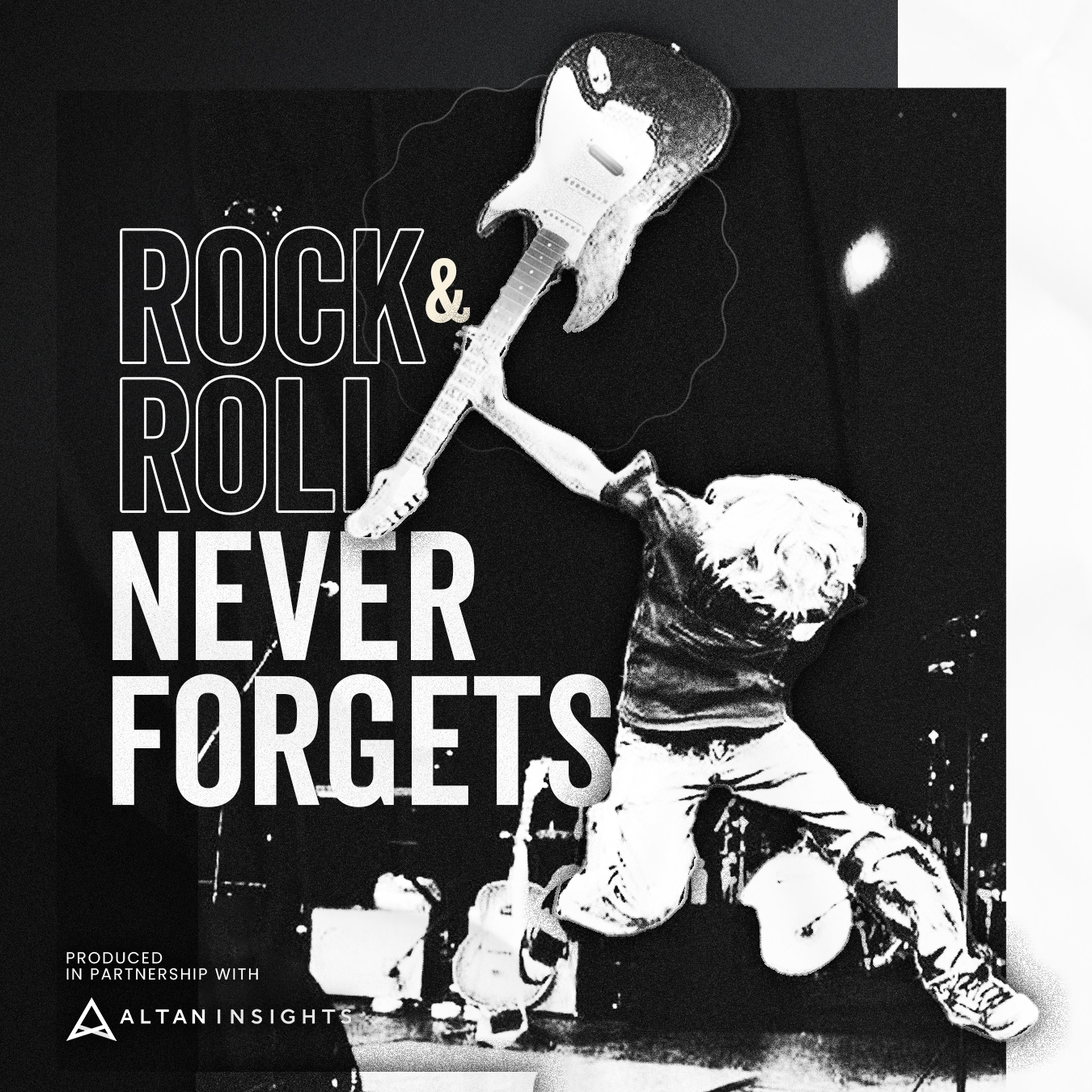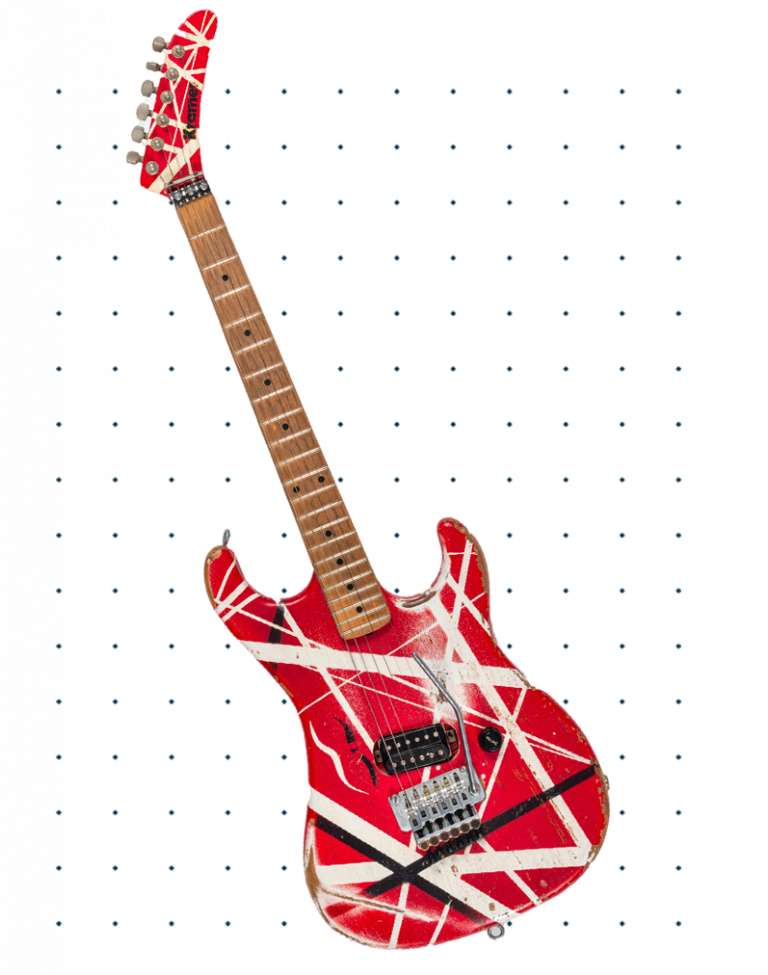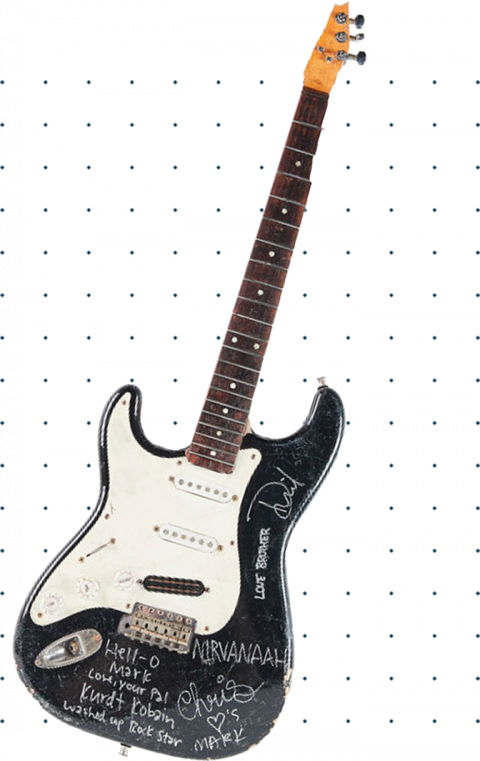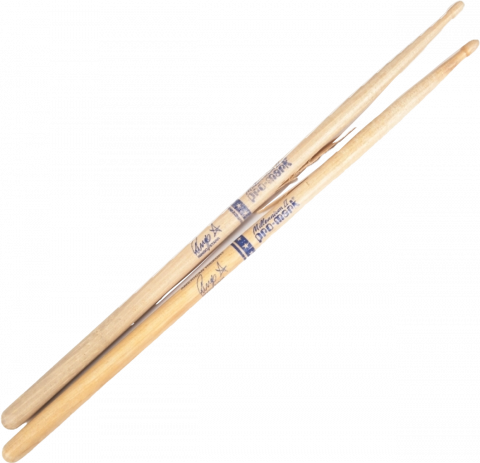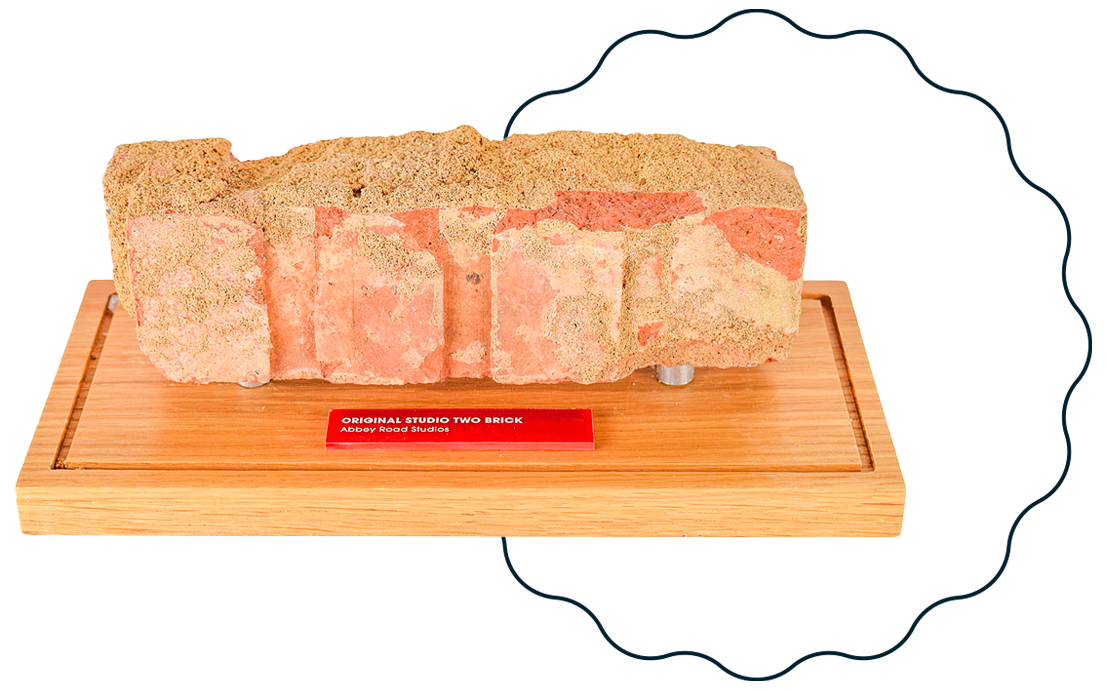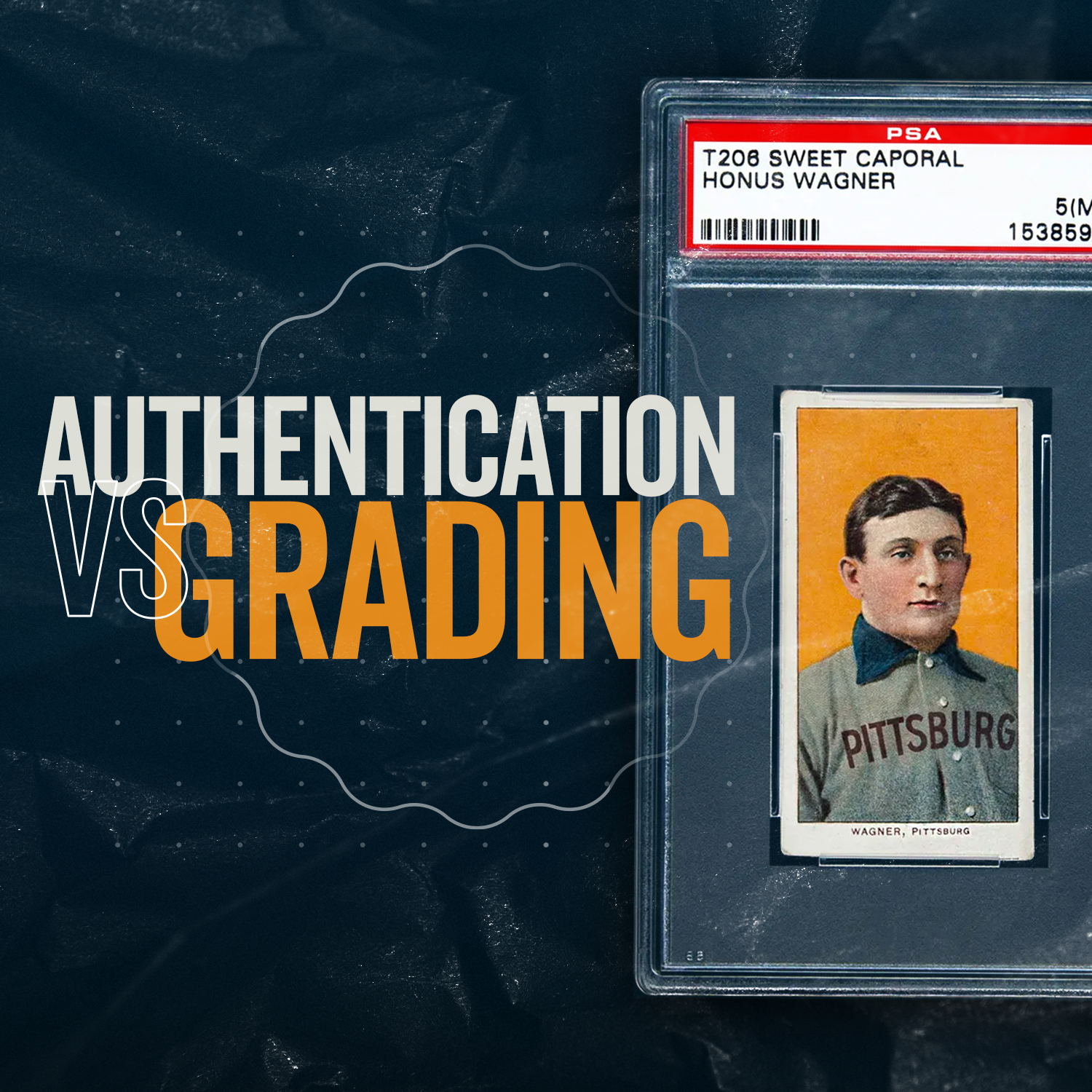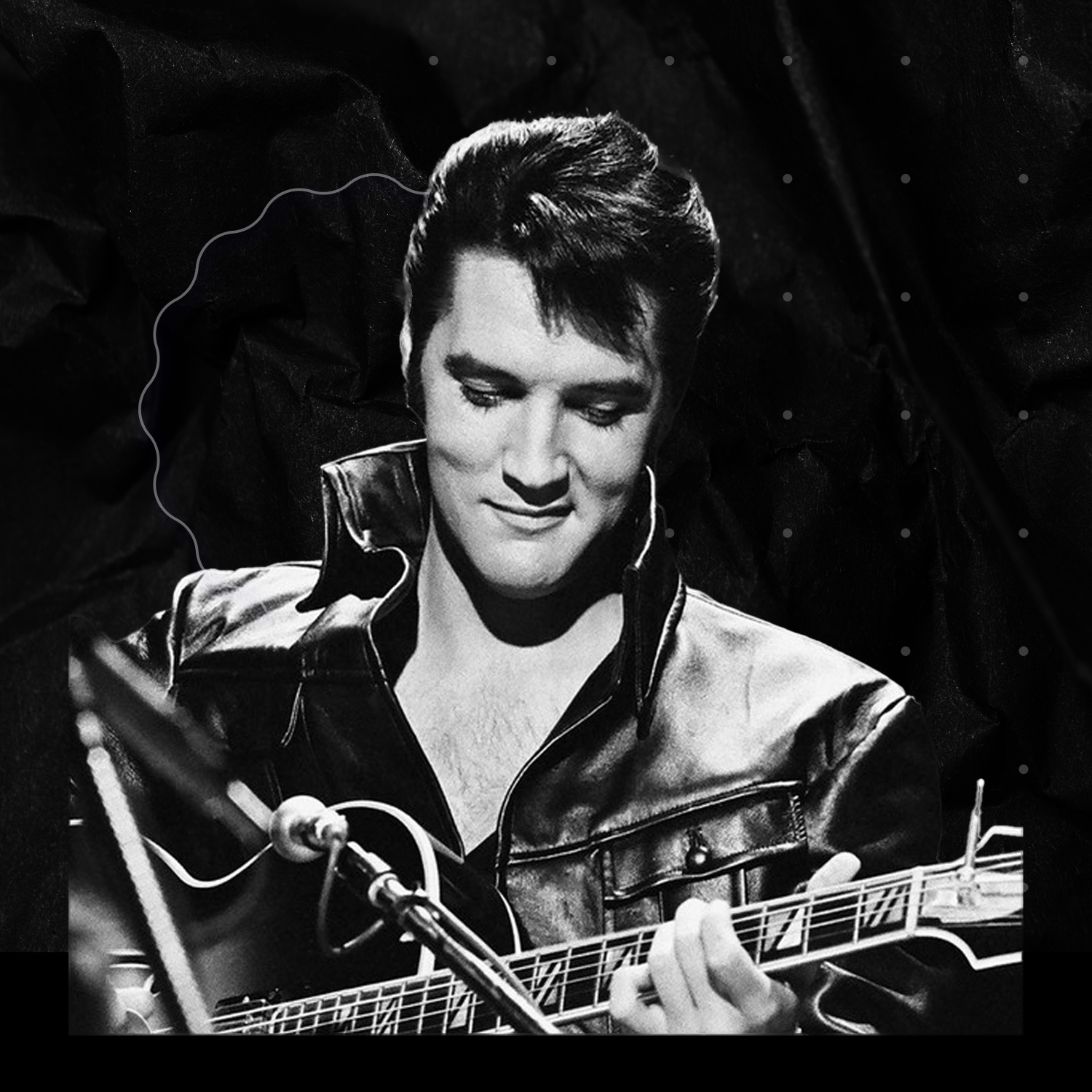
Benefits of Collecting

music memorabilia & the Benefits of Collecting
In this post, we’ll explore the benefits of diving into the world of music memorabilia, whether you’re an enthusiastic novice or a seasoned investor. From its potential as an alternative investment and store of value, to its pivotal role in safeguarding an artist’s legacy, let’s uncover some of the treasures in this compelling realm.
MUSIC MEMORABILIA AS AN INVESTMENT
This rise in popularity can be attributed, in part, to the consistent appreciation of value that music memorabilia has demonstrated over time. While traditional investments like stocks and real estate undoubtedly have their merits, collectibles, particularly in the realm of music, establish a profound connection to something deeply personal and meaningful for their owner. Not only do these treasures hold sentimental value, but they also have the potential to appreciate financially as time goes by. As a unique and finite asset, investing in music memorabilia can provide a hedge against inflation. As time progresses, the rarity of these coveted items only increases, making them increasingly sought after by collectors and enthusiasts alike.
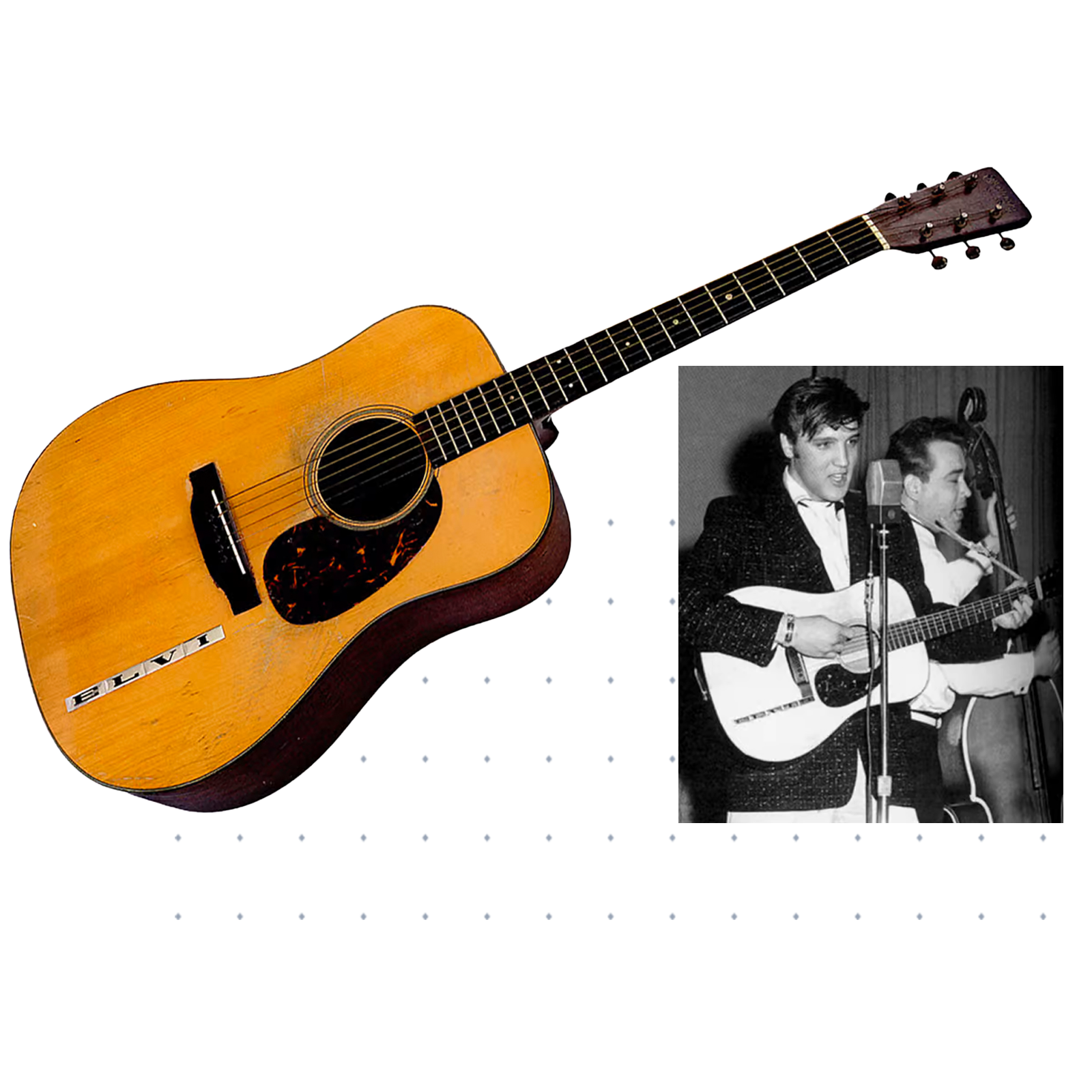
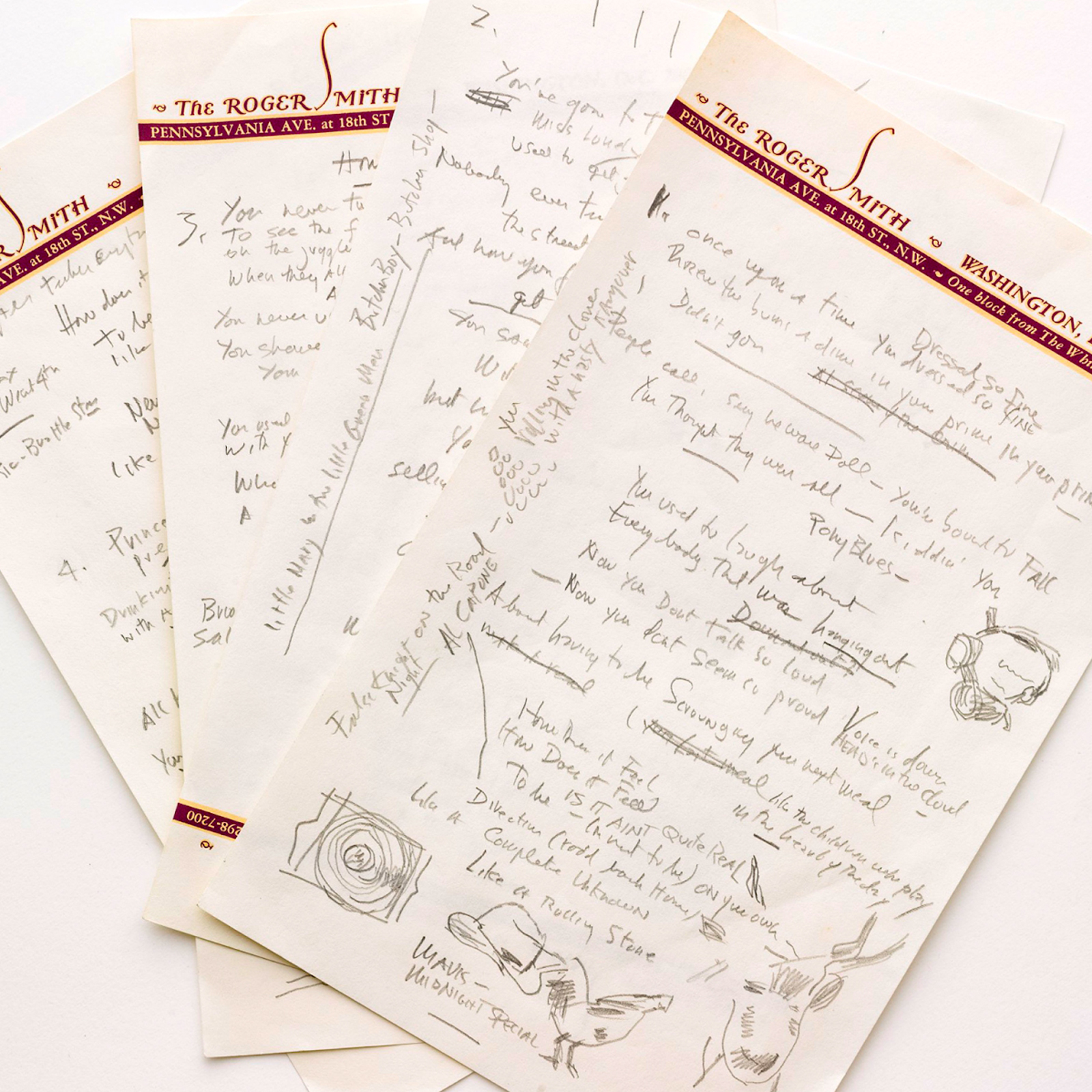
MUSIC MEMORABILIA AS PARTICIPATION IN AN ARTIST’S LEGACY
One of the most remarkable aspects of collecting music memorabilia is the opportunity it provides to actively partake in an artist’s enduring legacy. By owning a piece of an artist’s history, you become part of their story and contribute to preserving their influence for generations to come.
Imagine showcasing an autographed poster from a legendary concert or owning a wardrobe item worn during an iconic performance. These artifacts not only evoke memories but also allow you to share in the magic that made an artist’s music resonate with millions.
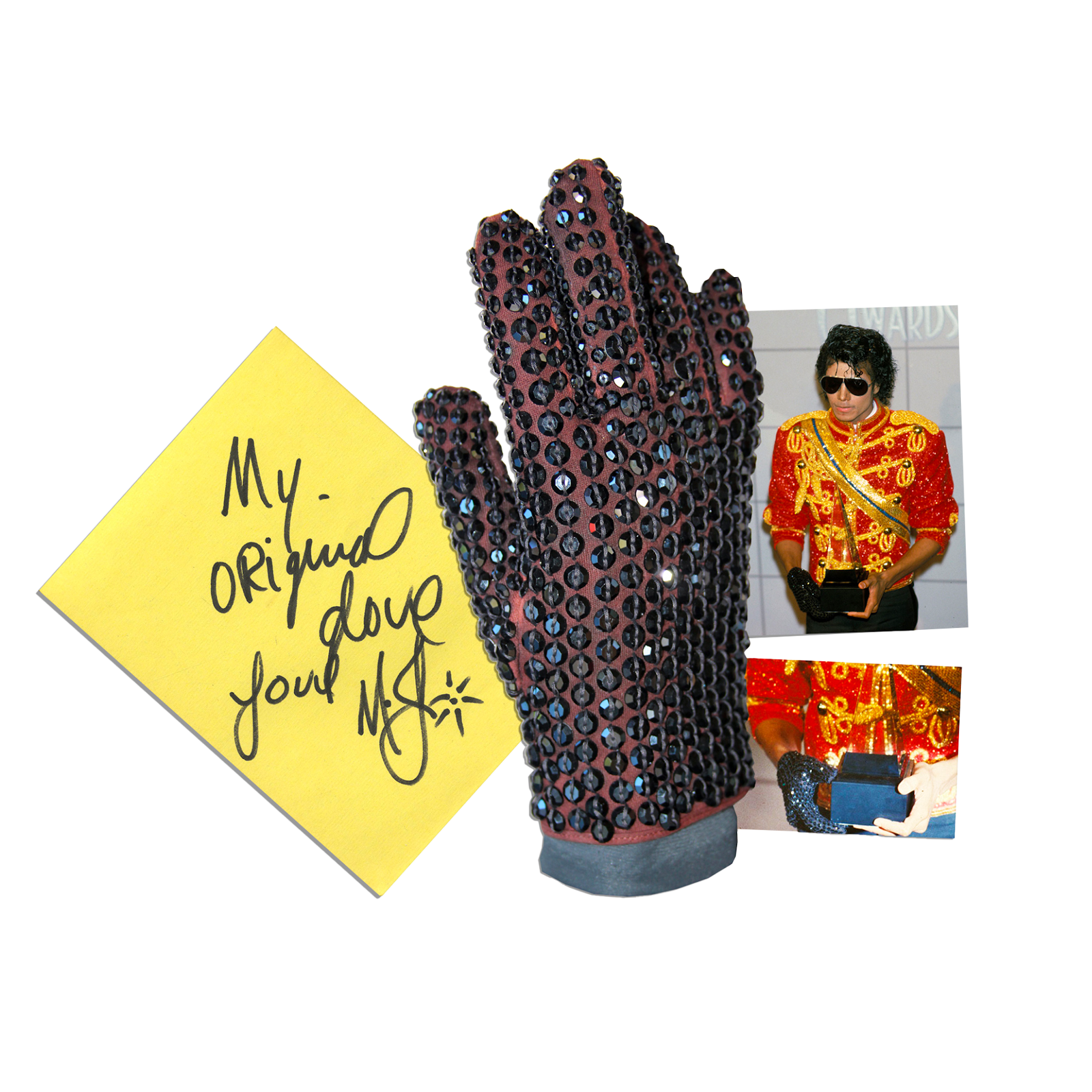
As these artists continue to create music and solidify their legacies, the demand for items associated with them can soar, subsequently driving up their value in the secondary market.
If you’re a fan of a musician who has been steadily building a following over the years and is now starting to gain mainstream recognition. You might consider investing in items related to that musician now, while they’re still relatively under the radar, with the hope that their success will continue to grow ultimately leading to an increase in the value of those items over time.
Of course, there’s always an inherent degree of risk involved in any investment, and the music industry is no exception. There’s no guarantee that an artist will continue to be successful, and even if they do, there’s no certainty that the items you collect will increase in value. Building a diverse collection that includes items from a variety of artists and genres can help mitigate the risk of any one item or artist falling short of expectations.
Fortunately, the market for music memorabilia is experiencing rapid growth, presenting numerous promising opportunities.
With so many benefits to offer, there is no reason not to kick start your collection today.

